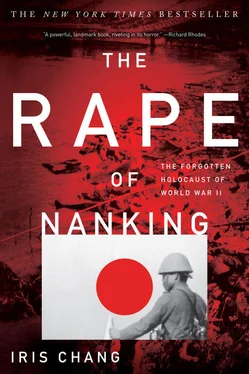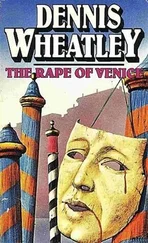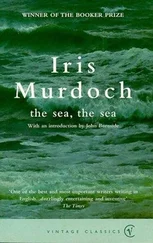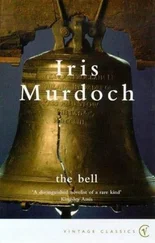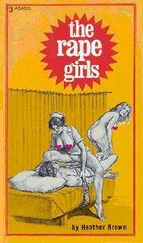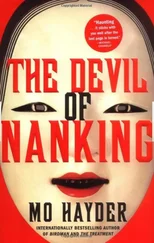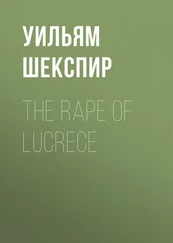77. Tang witnessed much of this chaos: For information on Tang’s journey to the docks, see Sun Zhaiwei, 1937 Nanjing Beige, pp. 133–35.
78. Terrified crews tried to ward off the surging mob: Author interview with survivor Niu Xianming in Montery Park, California, and interviews with other survivors in Nanking, People’s Republic of China.
78. That evening a fire broke out on Chungshan Road: How the fire started near the Water Gate is a matter of dispute. A. T. Steele wrote that Chinese soldiers torched the Ministry of Communications—a beautiful $1 million office building and ceremonial hall—to destroy all the ammunition that had been stored inside [“Power of Chinese in Capture of Nanking, Scenes of Horror and Brutality Are Revealed,” Chicago Daily News , February 3, 1938]. Another speculates that stray Japanese shells might have ignited nearby to ignite the ammunition; still another believes that two military vehicles had collided and burst into flames in the tunnel under the Water Gate [Dick Wilson, When Tigers Fight , pp. 66–85].
79. Never experienced a day as dark: Sun Zhaiwei, pp. 133–35.
CHAPTER 4: SIX WEEKS OF HORROR
81. Approximately half the original population: Sun Zhaiwei, “The Nanking Massacre and the Nanking Population,” pp. 75–80.
82. Weary of fire, weary of bombardment: Frank Tillman Durdin, “Japanese Atrocities Marked Fall of Nanking after Chinese Command Fled,” New York Times, December 22, 1937, p. 38; Minnie Vautrin, diary 1937–40, December 14, 1937, p. 110.
82. Eyewitnesses later claimed: Hsu Chuang-ying, testimony before IMTFE, Records from the Allied Operational/Occupation Headquarters, IMTFE transcript, entry 319, record group 331, p. 2562, National Archives. Hsu testifies: “The Japanese soldiers, when they entered the city—they were very very rough, and they were very barbarous; they shoot at everyone in sight. Anybody who runs away, or on the street, or hanging around somewhere, or peeking through the door, they shoot them—instant death.” Several newspaper articles, diary entries, and letters echo Hsu’s words. “Any person who, through excitement or fear, ran at the approach of the Japanese soldiers was in danger of being shot down,” F. Tillman Durdin wrote ( New York Times, December 22, 1937). “Often old men were to be seen face downward on the pavement, apparently shot in the back at the whim of some Japanese soldier.” See also George Fitch’s diary entries reprinted in Reader’s Digest (July 1938): “To run was to be plugged instantly,” he wrote. “Many were shot in seemingly sporting mood by the Japs, who laughed at the terror plainly visible on faces of coolies, merchants, and students alike. It reminded me of a picnic of devils.”
83. Unlike thousands of hapless civilians: Tang Shunsan, interview with the author, Nanking, July 25, 1995.
87. Live burials: Committee for the Historical Materials of the Nanking Massacre and the Nanjing Tushuguan (Nanking Library), ed., Nanjing datusha shiliao bianji weiyuanhei (Source Materials Relating to the Horrible Massacre Committed by the Japanese Troops in Nanking in December 1937) (Nanking: Jiangsu guji chubanshe [Jiangsu Ancient Books Publisher], July 1985), p. 142.
87. Mutilation: On nailing prisoners to wooden boards, see Ling Da, “Xuelui hua jingling (Using Blood and Tears to Describe Nanjing),” Yuzhou Feng ( The Wind of the Universe ) 71 (July 1938), reprinted in ibid., pp. 142–44. Ling Da was not a witness but someone who interviewed a survivor called Tan.
On the crucifixion of prisoners on trees and electrical posts and bayonet practice, see Zhu Chengshan, Qinghua rijun Nanjing datusha xingcunzhe zhengyanji ( The Testimony of the Survivors of the Nanking Massacre Committed by the Invading Japanese ) (Nanking: Nanjing daxue chubanshe [University of Nanking Press], December 1994), p. 53; Source Materials Relating to the Horrible Massacre (1985), pp. 142–44.
On the Japanese carving strips of flesh from victims, see Archival Documents Relating to the Horrible Massacre (1987), pp. 68–77.
On eye-gouging, see Gao Xingzu, Wu Shimin, Hu Yungong, and Zha Ruizhen, “Japanese Imperialism and the Massacre in Nanjing.”
On atrocities with zhuizi needles, see an article written by a soldier (identity unknown) who escaped from Nanking, “Jingdi shouxing muji ji (Witnessing the Beastly Action of the Japanese in Nanking),” Hankou Dagongbao, February 7, 1938, reprinted in Source Materials Relating to the Horrible Massacre, p. 129.
87. Death by fire: Xu Zhigeng, Nanjing datusha ( The Rape of Nanking ) (Nanking: Jiangshu Wenyi Chubanshe [Jiangshu Literary Publisher], November 1994), p. 74; Gao Xingzu, Wu Shimin, Hu Yungong, and Zha Ruizhen, “Japanese Imperialism and the Massacre in Nanjing”; Archival Documents Relating to the Horrible Massacre (1987), pp. 68–77.
88. Death by ice: Gao Xingzu, Wu Shimin, Hu Yungong, and Zha Ruizhen, “Japanese Imperialism and the Massacre in Nanjing.”
88. Death by dogs: Archival Documents Relating to the Horrible Massacre (1987), pp. 68–77.
88. The Japanese saturated victims in acid: Gao Xingzu, Wu Shimin, Hu Yungong, and Zha Ruizhen, “Japanese Imperialism and the Massacre in Nanjing.”
88. impaled babies: Xu Zhigeng, The Rape of Nanking, p. 138.
88. hung people by their tongues: Chia Ting Chen, “Hell on Earth: The Japanese Army in Nanking During 1937–1938: A Barbaric Crime Against Humanity,” Chinese American Forum 1, no. 1 (May 1984).
88. One Japanese reporter who later investigated: Wilson, When Tigers Fight, p. 82.
88. Even genitals, apparently, were consumed: “Witnessing the Beastly Action of the Japanese in Nanking,” p. 128. (Stories of castration, along with pierced vaginas and anuses, are also mentioned on page 68 of Draft Manuscript of the History Relating to the Horrible Massacre Committed by the Japanese Troops in Nanking in December 1937. )
89. Susan Brownmiller, author of the landmark book Against Our Will: Susan Brownmiller, telephone interview with the author.
89. Estimates range from as low as twenty thousand: Rosair, “For One Veteran, Emperor Visit Should Be Atonement”; Fitch, “Nanking Outrages,” January 10, 1938, Fitch Collection; Li En-han, “Questions of How Many Chinese Were Killed by the Japanese Army in the Great Nanking Massacre,” Journal of Studies of Japanese Aggression Against China (August 1990): 74.
89. Many such children were secretly killed: Oral history interview with Lewis Smythe by Cyrus Peake and Arthur Rosenbaum, Claremont Graduate School, December 11, 1970, February 26 and March 16, 1971, box 228, record group 8, Yale Divinity School Library.
90. “uncounted”: “Deutsche Botschaft China,” report no. 21, starting on page 114, in the German diplomatic reports, National History Archives, Republic of China, submitted by the farmers Wang Yao-shan, 75, Mei Yo-san, 70, Wang Yun-kui, 63, and Hsia Ming-feng, 54, “to the German and Danish gentlemen who were staying in the cement factory near Nanking on 26 January 1938.”
90. The Japanese raped Nanking women from all classes: Hu Hua-ling, “Chinese Women Under the Rape of Nanking.”
90. Some actually conducted door-to-door searches: Minnie Vautrin, diary 1937–40, March 8, 1938, p. 212.
90. This posed a terrible dilemma: Ibid., December 24, 1937, p. 127.
90. For instance, the Japanese army fabricated stories: Hsu Shuhsi, ed., Documents of the Nanking Safety Zone, no. 266 (Shanghai, Hong Kong, Singapore: Kelly & Walsh, 1939), p. 128.
Читать дальше
